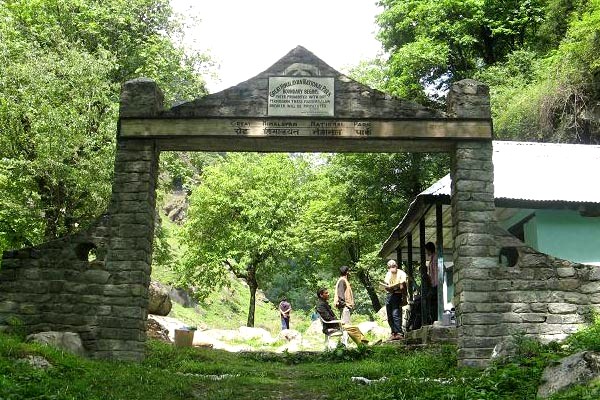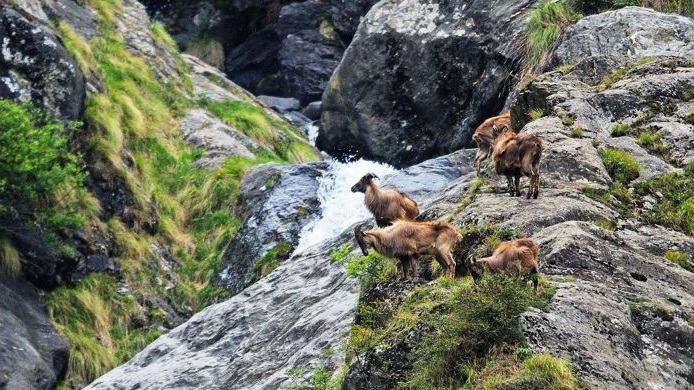.jpg)
The Great Himalayan National Park Conservation Area (GHNPCA) as a Natural Site was inscribed into the UNESCO World Heritage List during the session of the 38th World Heritage Committee in Doha, the State of Qatar, on 23rd June 2014.
The inscription confirms Great Himalayan National Park Conservation Area Outstanding Universal Value as a site containing the most important and significant natural habitats for in-situ conservation of Western Himalayan biological diversity, including those containing threatened species of outstanding universal value from the point of view of science or conservation.
The Great Himalayan National Park (GHNP) is located in the Kullu District of Himachal Pradesh, India. Initially constituted in 1984, GHNP was formally declared a National Park in 1999, covering an area of 754.4 sq kms. In 1994, two major changes were made in land use around the Park. A buffer zone of 5 km from the Park western boundary, covering 265.6 sq km. and including 2,300 households in 160 villages, was delineated as an Ecozone. Most of the population (about 15,000 to 16,000 people) in the Ecozone are poor and dependent on natural resources for their livelihoods
The second change was the creation of the Sainj Wildlife Sanctuary (90 sq km) around the three villages of Shagwar, Shakti, and Marore. On the southern edge of the GHNP, another Protected Area (PA) was declared, known as Tirthan Wildlife Sanctuary. This covers 65 sq km and is without habitation. More recently, in 2010, both the Sainj and Tirthan Wildlife Sanctuaries were added to GHNP, but will not be formally incorporated until a process known as settlement of rights has occurred. Thus the initiated merger of Sainj and Tirthan Wildlife Sanctuaries with GHNP will be followed by a process of settlement to relocate inhabitants and make the area free of traditional pressures, which may take some time. The total area under Park administration (National Park, Wildlife Sanctuaries and Ecozone) is 1171 sq km, which is together referred to as the Great Himalayan National Park Conservation Area (GHNPCA).
In 2010, an area of 710 sq km of the Parvati river catchment contiguous to the northern boundary of GHNP was initially notified as the Khirganga National Park, adding significant biological diversity, conservation value, and physical protection to GHNP. The boundaries of GHNP are also contiguous with the Pin Valley National Park (675 sq km) in Trans-Himalaya, the Rupi Bhabha Wildlife Sanctuary (503 sq km) in Sutlej watershed and the Kanawar Wildlife Sanctuary (61 sq km), adding additional protection and conservation value and opening up extended wildlife corridors.
Need Aspark Help?
For Tour Packages, Vehicle Rental and Customer Care Support.
+91 9999 31 7846
booking@asparkholidays.comWhy Travel with Us?

Excellent Support
Our Team Available 24x7 for Customer support
Best Price & Savings
We Offer the Most Competitive Prices.

.jpg)

